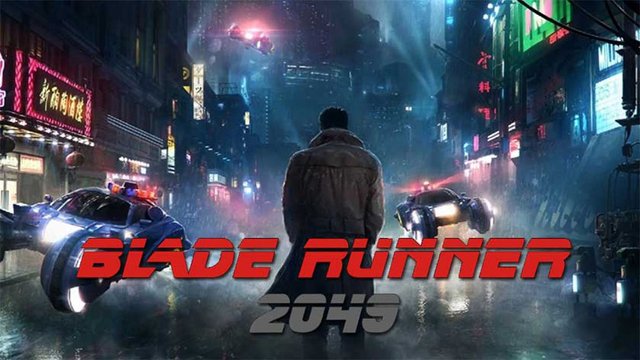Are You Ready For Blade Runner 2049 ? ? ?

“Man has made his match . . . now it’s his problem!”
When we think in terms of the future, we likely think of sleek cars surging through the clouds, skyscrapers that touch the stratosphere, and life-like robots that serve us our meals in high-tech restaurants.
However, the best science-fiction films aren’t necessarily the ones with futuristic gadgets or alien-like creatures that ooze terror, they’re sometimes the ones based on unique and creative ideas — not complete erroneous or fabricated ones, but ideas that produce a world that we could envision ourselves facing in the near future, which allows us to have a greater sense of involvement in the film.
In 1982, Warner Bros.’ Blade Runner accomplished that very feeling.
Harrison Ford’s character, Rick Deckard, is tasked with the responsibility to “retire” four bioengineered beings known as Replicants; cyborgs which are virtually indistinguishable to humans, but are believed to possess a more sinister motive for their existence. As a former police detective, Deckard’s task doesn’t seem so difficult, that is until he falls in love with one of the female Replicants.
The movie’s setting depicts a futuristic, yet dystopian Los Angeles, California in the year 2019. Blade Runner gives a refreshing experience to the genre of science-fiction in the fact that it takes a different story path than your typical sci-fi action movie. It has a deeper, more philosophical storyline, which forces the viewer to contemplate the story’s plot and climax, rather than mindlessly stare with glazed eyes at a TV screen like other sci-fi films (I’m pointing at you Speed-Racer).
The movie is based on Philip K. Dick’s novel: Do Androids Dream of Electric Sheep? Blade Runner maintains the qualities of Dick’s book, while also developing its own original traits.
Despite great expectations and Ford’s favorable acting job, the film was a box-office bomb in North America, and earned just over five million globally. A modest achievement, yes, but certainly not the result investors and shareholders were anticipating.
Though, a subpar outcome didn’t stop Warner Bros. or Harrison Ford from making a sequel over thirty years later, Blade Runner: 2049. From the snippets we’ve seen via trailer releases, the story picks up thirty years after the first movie and focuses on a new Blade Runner, Officer K, (Ryan Gosling), and the disappearance of Ford’s character, Rick Deckard. The sequel features a delicious cast from Ryan Gosling to Jared Leto to Ana de Armas.
This is the third time in Harrison Ford’s acting career that he has reprised a role decades after the release of the original film: Indiana Jones: The Crystal Skull, Star Wars: The Force Awakens, and Blade Runner: 2049. When Ford was asked in a recent Q&A interview about why he agreed to return as Rick Deckard, he responded, “The character [Rick Deckard] is woven into the story in a way that intrigued me. There’s a very strong emotional context. The relationship between the character Deckard — that I play — and other characters is fascinating. I think it’s interesting to develop a character after a period of time — to revisit a character.”
Hi! I am a robot. I just upvoted you! I found similar content that readers might be interested in:
https://medium.com/@TroyDearbourne/the-blade-runner-then-and-now-2089d058d71d